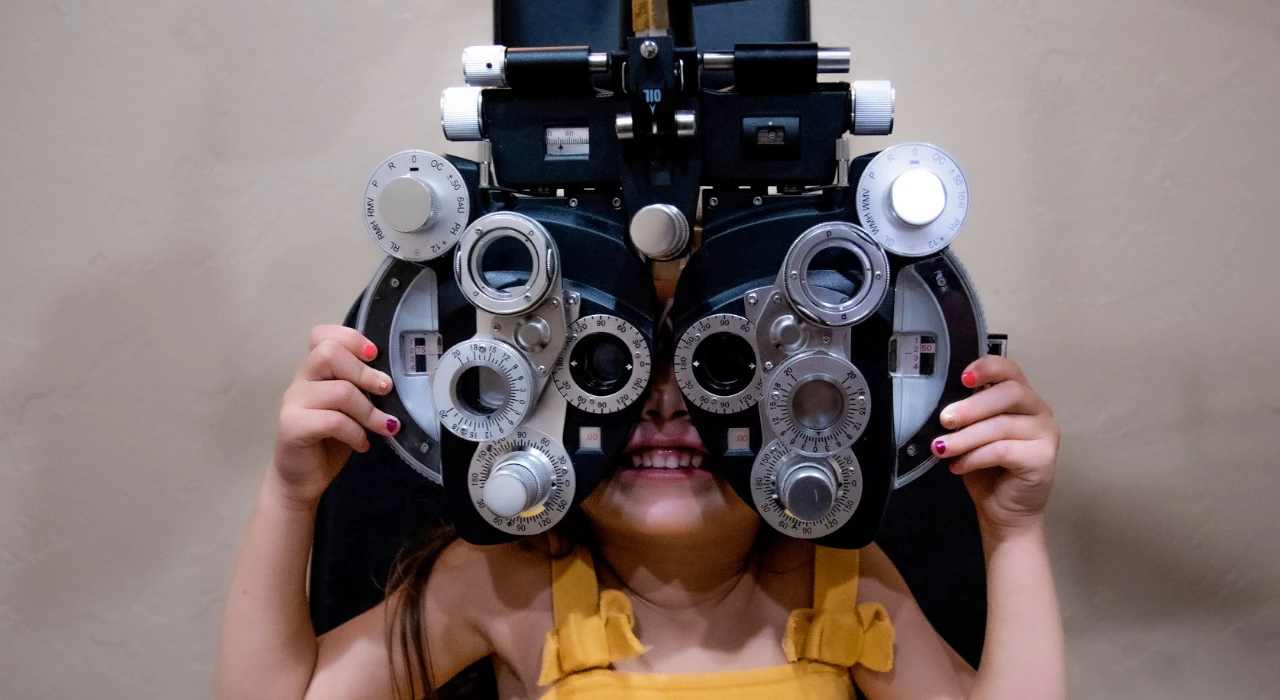
Vision Therapy Can Improve Reading Skills In Children
Research indicates that the majority of a child's learning, ranging from 75% to 90%, occurs through their visual system. It follows, therefore, that any hindrance in their visual pathways could impede their ability to reach their full potential.
If your child is facing difficulties with reading, it is possible that an undetected visual dysfunction may be at the root of the problem. Strong vision skills are essential for seamless reading, including excellent binocular vision, visual fixation, saccades, accommodation, and convergence. Deficiencies in any of these visual functions can lead to reading difficulties, which in turn hinder learning and academic success.
Fortunately, Child & Family Eye Care offers a vision therapy program that can enhance your child's visual skills, thereby improving their reading abilities and academic achievements. Contact us to arrange a functional vision evaluation with our doctors, who will assess your child's visual skills.
Distinguishing between Good Eyesight and Good Vision
Typically, basic vision screenings conducted in schools only assess visual acuity, which refers to how clearly a child can see objects at a distance of 20 feet. This is commonly known as 20/20 eyesight. However, having 20/20 eyesight does not guarantee perfect vision. Even with 20/20 eyesight, children may still encounter difficulties in reading, learning, or maintaining focus due to diminished visual skills.
Which Visual Skills Are Vital for Reading and Learning?
- Visual fixation: The eye's ability to accurately aim at a specific target. Static fixation refers to focusing on a stationary object, such as a word on a page, while saccadic fixation involves rapid and accurate eye movements across a page to read a line of text.
- Accommodation: Adjusting focus as the distance between the individual and the target shifts from near to far. Maintaining focus at close distances is critical for reading and writing.
- Binocular fusion: The brain's capability to merge information received by each eye into a single, integrated image. Poor binocular vision can lead to double or blurred vision, confusion, or avoidance of reading.
- Saccades: Swift eye movements, such as when shifting from one word to the next while reading.
- Convergence: The eyes' ability to turn inward, ensuring a single image is maintained. This is vital for reading.
How Can Parents and Teachers Identify Visual Dysfunction in Children?
Detecting visual problems can be challenging, particularly in children who may not vocalize their vision issues or lack the verbal skills to express what they are experiencing. By undergoing a functional vision assessment with our doctors, optometrists can determine if visual dysfunction is at the core of their difficulties. Poor visual skills can manifest in various ways, including:
- Behavioral issues associated with frustration in children with reading difficulties.
- Reading below the expected grade level.
- Excessive fidgeting or short attention span, which may indicate a vision-related problem.
- Resistance to school or homework.
- Shying away from reading out loud or avoiding reading altogether.
- Struggling to summarize or remember what they have read.
- Frequent bathroom breaks during reading-related activities noticed by teachers.
- Covering one eye, tilting the head, or frequent blinking when looking at distant objects, like a blackboard.
If you observe any of the aforementioned behaviors in a child, it may be time to schedule a functional vision evaluation with Child & Family Eye Care.
How Does Vision Therapy Enhance Reading Skills?
Reading skills are learned abilities that can be trained, as the brain possesses neuroplasticity. A study published in the Journal of Learning Disabilities demonstrated that 12 vision therapy sessions significantly improved reading abilities in sixth graders with below-average reading levels. After undergoing vision therapy, their attention processing abilities and reading improved by an impressive 220%.
Child & Family Eye Care's vision therapy program offers similar results for your child. If visual dysfunction is identified as the underlying cause of your child's reading and learning struggles, our personalized vision therapy program will target and enhance their specific visual skills. This process may involve the use of aids and tools such as prisms, filters, eye patches, balance beams, and digital simulations.
Since reading issues can have multiple causes, adopting a multidisciplinary approach that involves other healthcare professionals and educators will ensure that your child reaches the expected reading level.
If you suspect that a vision problem is impeding your child's academic potential, don't hesitate to contact Child & Family Eye Care and schedule a functional eye evaluation. Invest in your child's future with vision therapy and witness the positive results firsthand.
Our practice proudly serves patients from The Woodlands, Magnolia, Shenandoah, Tomball, Texas, and the surrounding communities.






